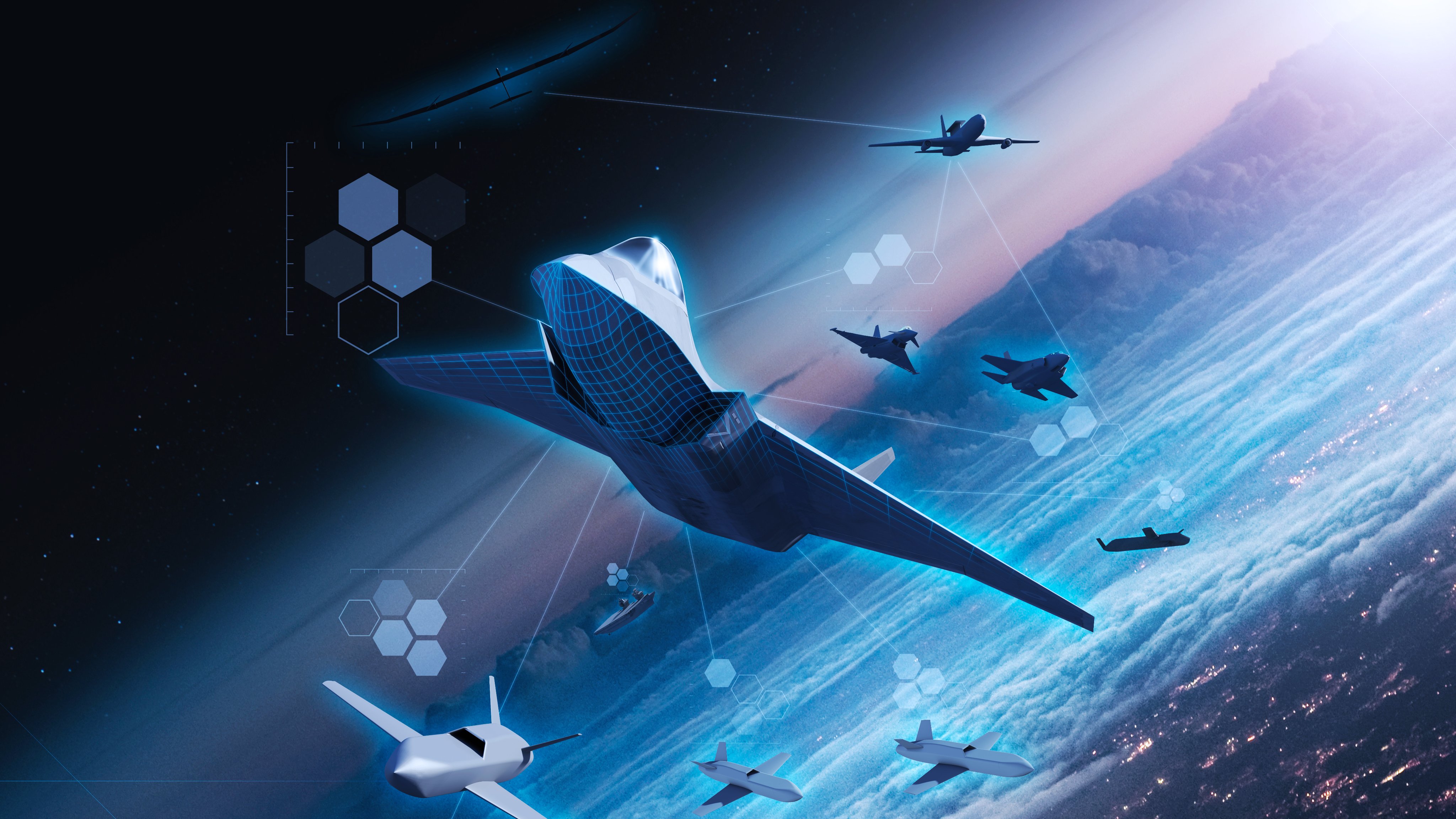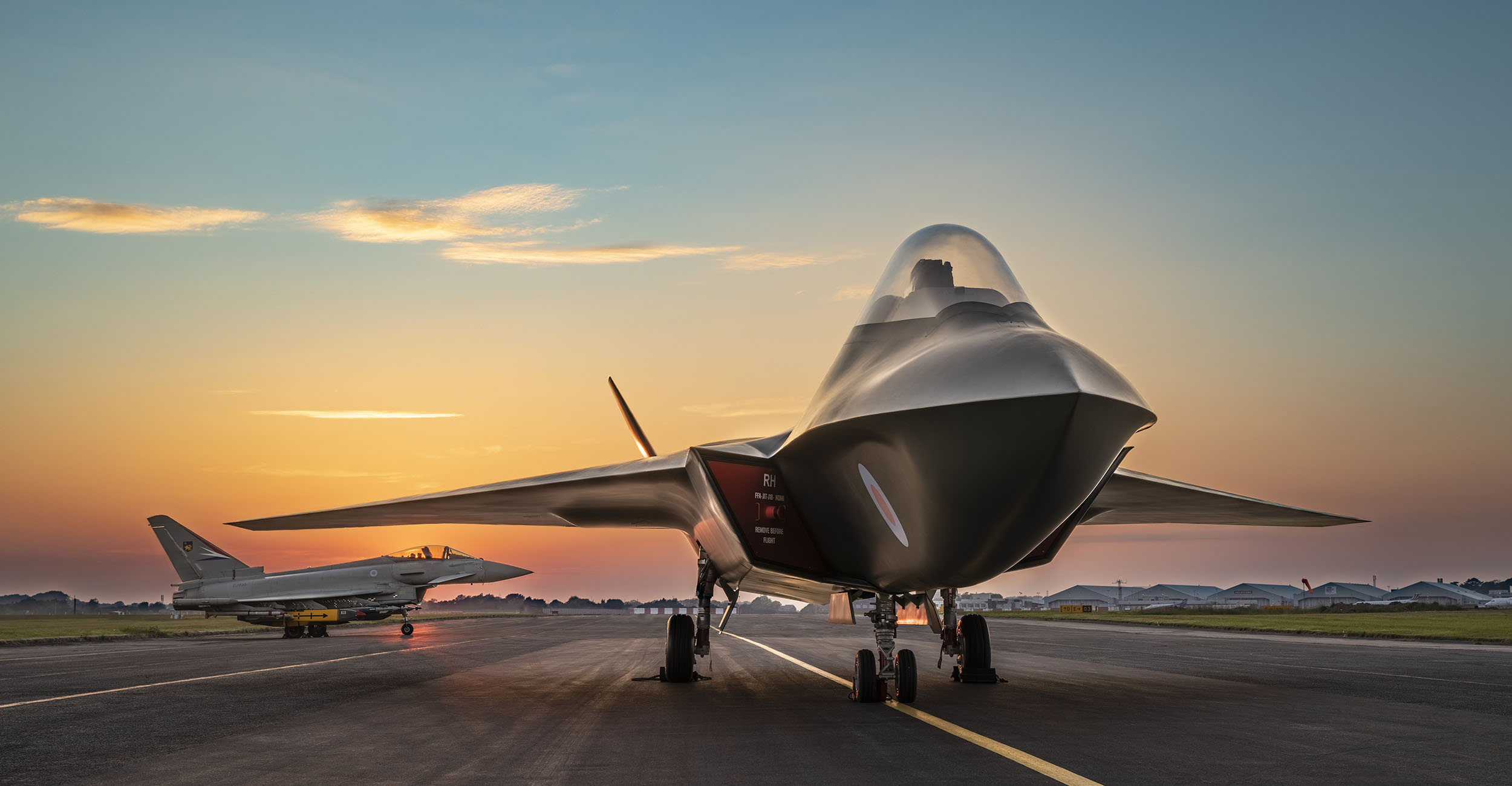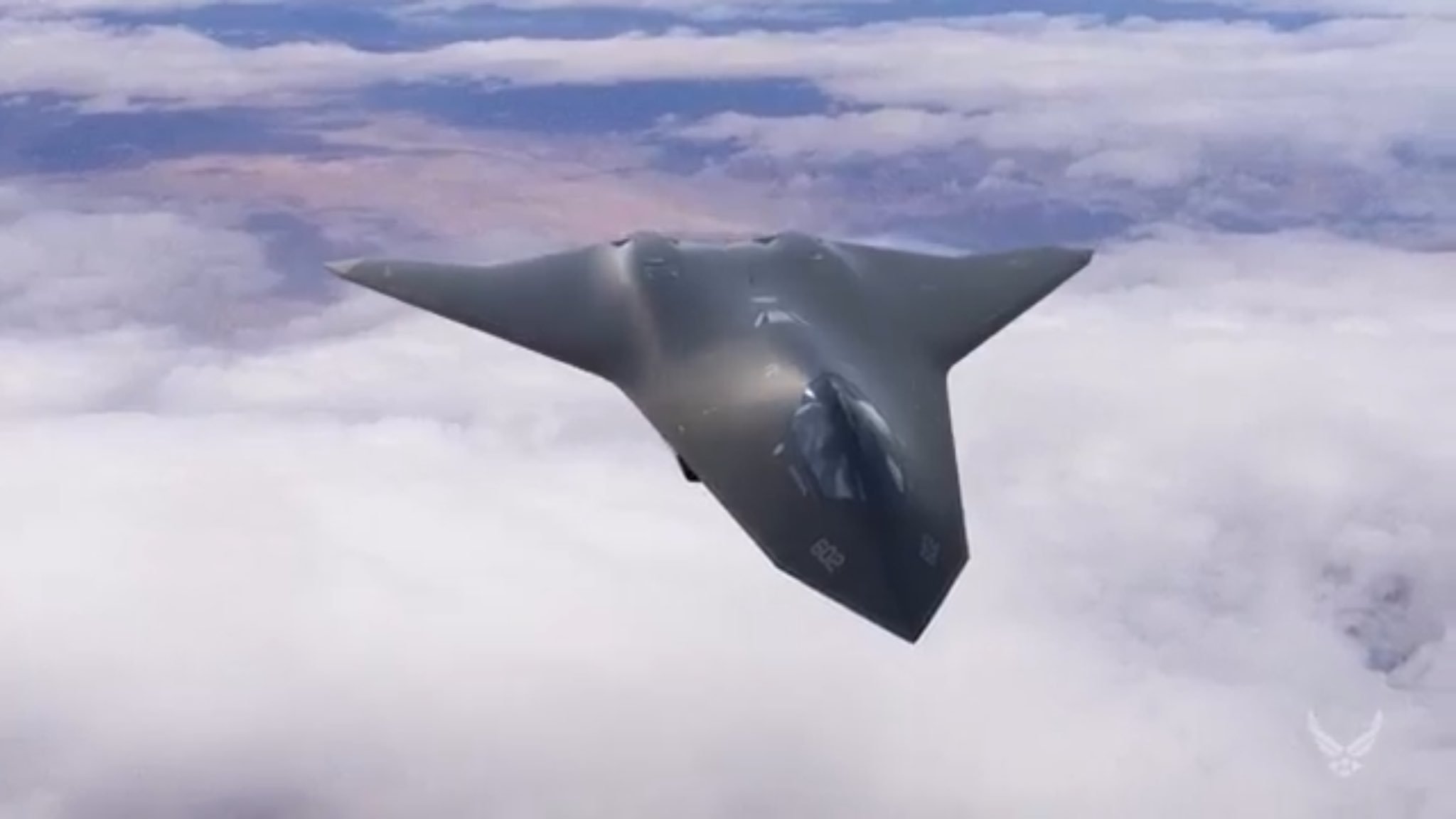The UK Defence Ministry has signed a £250 million contract with ‘Tempest’ partners to push its next-generation fighter aircraft program.
Post-Brexit, the UK’s fighter jet program is seen as a direct competitor to Europe’s other next-generation combat aircraft project, the FCAS.
The latest funding marks the formal start of the program’s “concept and assessment” phase of the development of next-generation fighter jet, a tri-national collaborative effort of the UK, Italy, and Sweden.
“Today marks a momentous step in the next phase of our Future Combat Air System, with a multi-million-pound investment that draws on the knowledge and skills of our UK industry experts,” UK Defence Secretary Ben Wallace said.
Tempest is expected to combine a core aircraft with a whole network of capabilities such as uncrewed aircraft and advanced data systems to form a next-generation mix designed to enter service from the mid-2030s, a UK Ministry of Defense statement said.

The announcement came from the BAE Systems’ site in Warton which is the center of development for the program and is home to the “Factory of the Future”, a highly connected facility with state-of-the-art technology designed to showcase a revolutionary approach to manufacturing military aircraft.
Post-Brexit, the UK’s fighter jet program is seen as a direct competitor to Europe’s other next-generation combat aircraft project, the FCAS. Additionally, the development of the US’ NGAD fighter has triggered a race among the most advanced militaries in the world to fly the world’s first sixth-generation fighter jet.
The UK Tempest
Led by defense manufacturer BAE Systems, the other partners include Leonardo UK, Rolls-Royce, and MBDA.
The new phase in the development of the Tempest fighter includes defining and beginning to design the future combat air system, maturing technologies across the system, investing in the skilled workforce, securing digital and physical infrastructure and tools that underpin cutting-edge digital engineering, data, and software-based systems, the statement said.

Announced in a Memorandum of Understanding (MoU) signed at the beginning of 2021, Team Tempest aims to enable major program choices by 2024.
The UK is also looking to bring other countries on board to invest in the project. During his visit to Tokyo last week, Defence Secretary Ben Wallace and Japanese Defence Minister Nobuo Kishi agreed to accelerate bilateral discussions on developing sub-systems for the Future Combat Air System, as per the Ministry of Defence.
The UK Government plans to spend more than £2 billion on the project over the next four years, as announced in the recent Defence Command Paper.
The Eurasian Times earlier reported on Britain’s rising reservations on procurement of more F-35s for the Royal Air Force and Navy.
While most of the details are yet to emerge, the new fighter is said to harness next-generation technologies.
#ICYMI A recent article by @thetimes looks at how technologies including the @TeamTempestUK Future Combat Air System and #PHASA-35 pseudo-satellite could operate in a multi-domain battle space from sub-sea to space.
?https://t.co/u4eq7JoIiR pic.twitter.com/eDdnMd2xOl
— BAE Systems Air (@BAESystemsAir) July 2, 2021
“Developing the system allows us to drive a revolution in digital development and harness the power of open systems architecture. We are looking forward to working together with UK industry and international partners to create and deliver a system which will keep us safe for decades to come,” Richard Berthon, UK’s Director of Future Combat Air, said.
Still, in the R&D phase, the first prototype is yet to be developed as European militaries eye to replace their Eurofighter Typhoons from the mid-2030s onwards.
Doors Still Open For India To Co-Develop ‘Tempest’ Sixth-Gen Fighter Jet With The UK
The US’ NGAD program
Under the Next Generation Air Dominance (NGAD) program, the US Air Force (USAF) is developing a “family of systems” to attain air superiority by the 2030s and evolve the propulsion, stealth, and advanced weapon technology. The multirole sixth-generation stealth fighter remains the pivot of NGAD, seen as a replacement of the F-22 Raptors.
On September 15, 2020, then USAF acquisition chief Will Roper announced that the service had flown a full-scale flight demonstrator as part of the NGAD program.
With China On Radar, US Developing A New Variant Of Sixth-Gen Fighter Jet To Battle The Dragon?
The technologies involved in NGAD are being developed to provide “air dominance”. NGAD could take the form of a single aircraft and/or a number of complementary systems— manned, unmanned, optionally manned, cyber, electronic — forms that would not resemble the traditional “fighter”.
Roper reiterated a new concept of “digital engineering,” calling it the true successor to stealth technology and the biggest paradigm shift for military technology dominance.

According to National Interest, the idea is to streamline lengthy, at times bureaucratic acquisition procedures to fast-track proven systems to war, all without compromising quality. As Roper has explained earlier, this can be expedited through digital development, essentially modeling designs and technical systems prior to “bending metal.”
The FY2021 budget for the new fighter is $1 billion, with a request of $1.5 billion for FY2022. However, US lawmakers cut $140 million from the program’s fiscal year 2021 budget request, reducing it from $1.04 billion to about $900 million.
With projected spending of approximately $7.4 billion across the future years, US military experts predict the NGAD to be a research effort for the next few years, with no current plans to acquire production aircraft or other systems.
US Air Force chief, Gen. Charles Q. Brown Jr. had earlier said that the future fighter fleet will include the F-35, F-15EX, late-model F-16s, and the NGAD fighter or family of systems along with the proposed A-10, indicating that it will take at least 10 years to operationalize the sixth-generation fighter.
On May 14, 2021, Air Force Deputy Chief of Staff for Strategy, Integration, and Requirements Lt. Gen. Clinton Hinote stated that a second demonstrator might be in some stage of production now.
The European FCAS
France, Germany, and Spain are jointly developing Europe’s next-generation air defence system, the Future Combat Air System (FCAS), which will give a new fighter to replace the fleet of Eurofighter Typhoons, French-built Rafales, and Spanish EF-18 Hornets by 2040.
France’s Dassault Aviation is leading the development of the New Generation Fighter (NGF) while Airbus represents Germany’s industry and Indra leads Spain’s participation.
Despite a promising start on the project, the fighter program was mired in multiple controversies on important issues for the program’s progress such as intellectual property rights and workshare agreements between French, German, and Spanish industries, Defense News reported.
The executives of different partner companies had expressed conflicting views on sharing of industry secrets and the “vision” of the program.

In April, the French Senate’s foreign affairs and defense committee released a statement on Airbus and Dassault reaching an agreement to remove “the main obstacle” in launching the demonstrator portion of the fighter program.
Major design elements are expected to be revealed in the Joint Concept Study, to be released later this year.
Earlier this month, the German Parliament approved investments worth $5.3 billion for the development of Phase 1B and Phase 2 of the FCAS, which includes “research and technology-based activities” to be developed between 2021-2027.
Dassault’s ‘Irresistible Offer’ To India: Will IAF Acquire 36 More Rafale Fighter Jets From France?
The demonstrator portion of the FCAS program is slated to run through 2026 or 2027.
Looking at the two separate European programs on developing a homegrown sixth-generation fighter jet, a German Air Force chief of staff is hopeful of merging the two.
German Air Force chief, Lt. Gen. Ingo Gerhartz, told Defense News that “both efforts will result in a sixth-generation fighter jet with new engines, advanced sensors and weapons, increased automation, and the ability to manipulate unmanned systems and coordinate with existing platforms”.
However, experts suggest that Brexit, a term representing the UK leaving the European Union (EU), has disrupted any chances of a pan-European futuristic aircraft.




